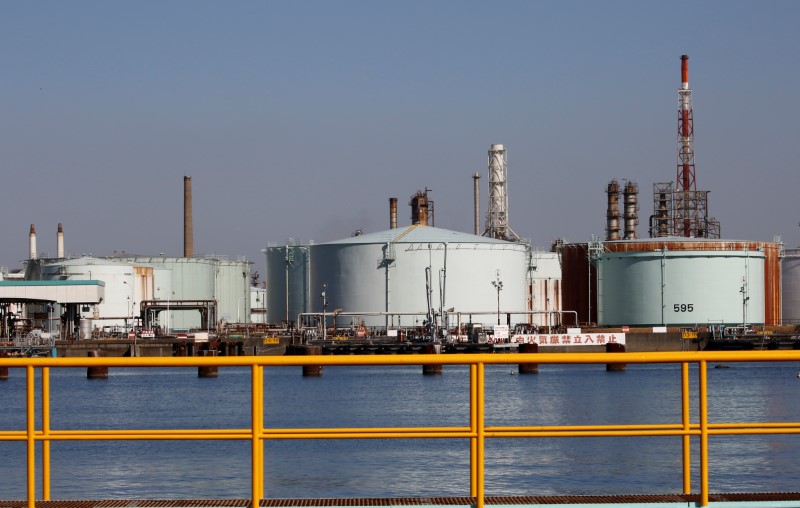Investing.com-- Oil prices rose Wednesday, recovering from recent losses after industry data showed a fall in U.S. inventories, suggesting strong demand from the world's largest consumer.
At 08:30 ET (12:30 GMT), Brent oil futures rose 1.2% to $77.89 a barrel, while West Texas Intermediate crude futures climbed 1% to $81.80 a barrel.
US inventories see unexpected draw - API
Data from the American Petroleum Institute showed U.S. oil inventories shrank 3.9 million barrels last week, compared with expectations for a build of 0.7 million barrels.
The API data, which usually heralds a similar trend from official inventory data, showed inventories shrinking for a fourth consecutive week, as oil demand likely picked up in the travel-heavy summer season.
The API data also showed draws in gasoline and distillate inventories, indicating demand in the world’s largest fuel consumer remained robust. This trend is also expected to keep oil markets tight in the near-term.
Official oil inventory data from the Energy Information Administration is due later on Wednesday.
Canadian wild fires threaten supply
Also helping the tone were wildfires in Canada, which have forced some producers to curtail production and were threatening a large amount of supply.
Bloomberg reported that 388,000 barrels per day of oil production is within 10 kilometers of fires that are at least 10 hectares in size.
Oil outlook dour amid supply glut fears
Oil prices had struggled with steep losses in recent sessions as the outlook for crude soured, especially in the face of a forecasted surplus in 2025. Concerns over top importer China and chatter over an Israel-Hamas ceasefire also weighed on crude markets.
But tightness in oil markets is expected to abate in the coming months, with Morgan Stanley forecasting an oil surplus by the beginning of 2025. The investment bank also expects crude pricees to trend in the high $70s by next year.
Increased global oil production, coupled with the prospect of softer demand in top importer China, is expected to keep oil markets well-supplied in the coming months.
China has been a major pain point for crude markets, amid growing uncertainty over an economic recovery in the country. Recent data showed the country’s economy grew less than expected in the second quarter, while its oil imports fell sharply in June.
The Third Plenum of the Chinese Communist Party yielded few cues on Beijing’s plans for more stimulus.
Sentiment towards China was also on edge amid uncertainty over how a potential change in U.S. administration will affect Washington’s stance towards the country.
(Ambar Warrick contributed to this article.)
